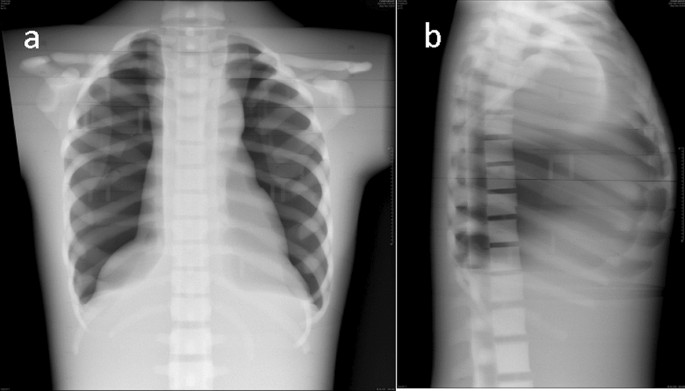
The main function of screens is to reduce radiation to the patient. Structural Integrity Research FoundationThe combination of screen films, intensifying screens and cassettes are used in making extraoral images. A set of H-D curves has been generated for DEF at five photon energies: 0.930, 1.49, 1.74, 4.51/4.93, and 6.93 keV.The emulsion of a direct-exposure film is thicker/thinner than that of screen-film, and it contains higher/lower concentrations of silver halide to improve direct x-ray interaction. DEF is a double-emulsion film which has been found to have improved radiographic characteristics over No-Screen. Kodak Direct Exposure film (DEF) has replaced Kodak No-Screen film for use in x-ray diffraction analysis and in autoradiography.
This technique uses x-ray sensitive plates to capture data during object examination, which is immediately transferred to a computer without the use of an intermediate cassette. National Structural Integrity Research CentreDigital radiography (DR) is an advanced form of x-ray inspection which produces a digital radiographic image instantly on a computer. IX80 is generally used in direct exposure techniques or with lead screens. Non-screen - Those with emulsions more sensitive to direct exposure of X - rays.inspection of low atomic number materials with low kilovoltage X-ray sources.

The LDA or the object under inspection need to move relative to each other to formulate a 2D radiographic image. These consist of a single row of x-ray detection pixels, rather than a matrix. This differentiates it from indirect construction.When a flat panel detector is coupled with an appropriate manipulator and image processing software, they can be used for x-ray Computed Tomography (CT) inspection, producing a 3D image of the external and internal structure of the test object.Another type of digital x-ray detection media are linear detector arrays (LDAs). As there is no scintillator, lateral spread of light photons is absent here, ensuring a sharper image.
Easy to transfer to customers electronicallyWhat is the Difference Between Digital and Computed Radiography?Digital radiography systems use active matrix flat panels or linear detector arrays, which consist of a detection layer deposited over an active matrix array of thin film transistors and photodiodes. Increased dynamic range enables multiple thickness to be inspected in one shot Digital image enhancement and data storage Eliminates processing chemical, hence safe for environment Reduced inspection time, as no chemical processing of film is required Use of analysis tool and defect recognition software
Detection of Corrosion Under Insulation (CUI) in petrochemical, oil and gas and power generation industries Digital Radiography ApplicationsAs with all NDT processes, digital radiography as numerous applications, including: With ongoing technological advancements and reduction in price, digital radiography is fast becoming the preferred choice for non-destructive testing operators. Digital radiography improves workflow by producing higher image quality instantaneously while providing up to three times more dose efficiency than computed radiography. Flexible cassettes are available that enable the detector to be fitted into curved areas.While both computed radiography and digital radiography have a wider dose range and can be post processed to eliminate noise, DR has many advantages over computed radiography. The computed radiography cassette goes into a reader, which converts the stored data into a digital image. Computed radiography imaging plates are flexible and do not require a rigid holder.
Inspection of composites and fibre reinforced componentsTWI has a long history of working with its Members, across a range of industry sectors, on non-destructive testing processes such as digital radiography. TWI offers digital radiographic inspection services as well as bespoke digital radiography system prototyping and consultancy.


 0 kommentar(er)
0 kommentar(er)
